Container gardening is a versatile and accessible way to bring greenery and beauty into any space, regardless of size or location. In this guide, we’ll explore 7 things to know about container gardening, whether you’re a novice gardener or seasoned enthusiast. From choosing the right containers and soil to selecting suitable plants and providing proper care, we’ll cover all the basics to help you create thriving container gardens. Whether you have a balcony, patio, or even just a windowsill, container gardening allows you to unleash your creativity and cultivate lush greenery and vibrant blooms right at home. Get ready to dive into the world of container gardening and discover how you can transform any space into a lush oasis of natural beauty and tranquility.
Table of Contents
Toggle7 Things To Know About Container Gardening
Choosing the Right Containers
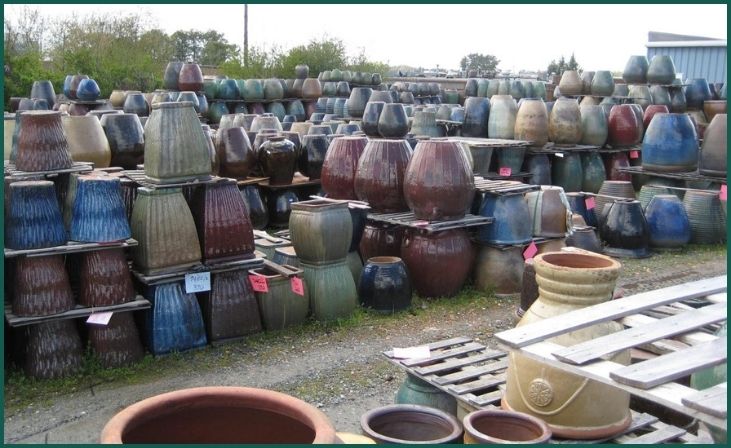
When embarking on container gardening, it’s essential to select the appropriate containers for your plants. Containers come in various materials, including plastic, terracotta, ceramic, and wood. Each material has its advantages and considerations, such as durability, insulation, and drainage. Additionally, consider the size and depth of the containers, ensuring they provide enough space for root growth and proper drainage holes to prevent waterlogging.
Also Read: 7 Best Cool Season Annuals For Winter Gardens
Selecting Suitable Plants
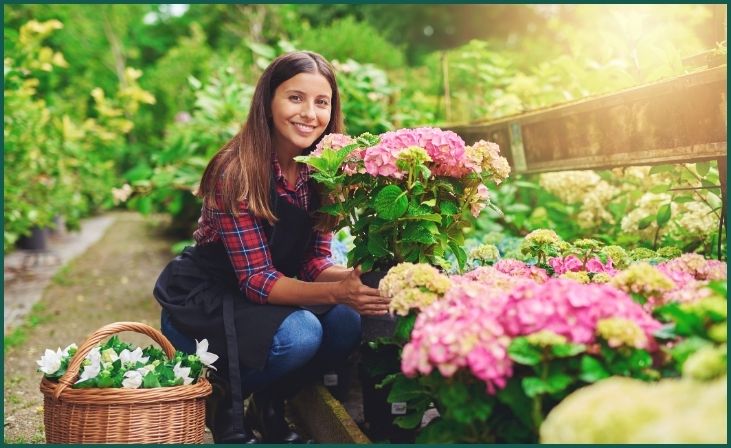
Container gardening offers versatility in plant selection, allowing you to grow a wide range of flowers, herbs, vegetables, and even small trees or shrubs. However, it’s crucial to choose plants that are well-suited to container living and your local climate. Consider factors such as sunlight exposure, water requirements, and mature size when selecting plants for your containers. Opt for compact or dwarf varieties that thrive in confined spaces and can adapt to the limited root space of containers.
Providing Adequate Drainage
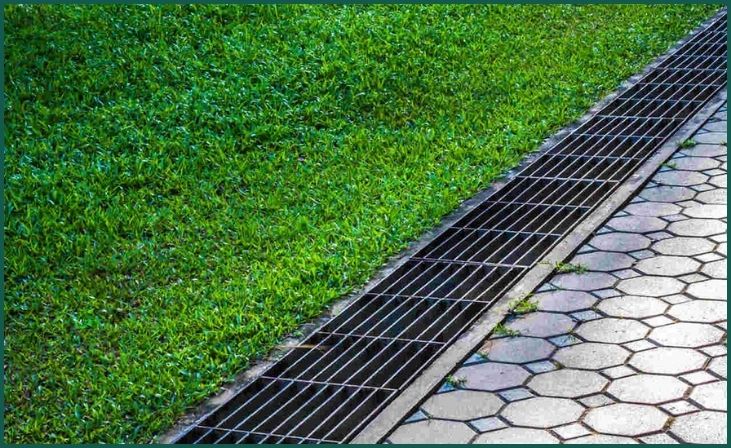
Proper drainage is essential for the health and vitality of container plants. Without adequate drainage, excess water can accumulate in the soil, leading to root rot and other moisture-related issues. Ensure that your containers have sufficient drainage holes in the bottom to allow excess water to escape freely. You can also add a layer of gravel or broken pottery shards at the bottom of the container to improve drainage and prevent soil from becoming waterlogged.
Using Quality Potting Mix
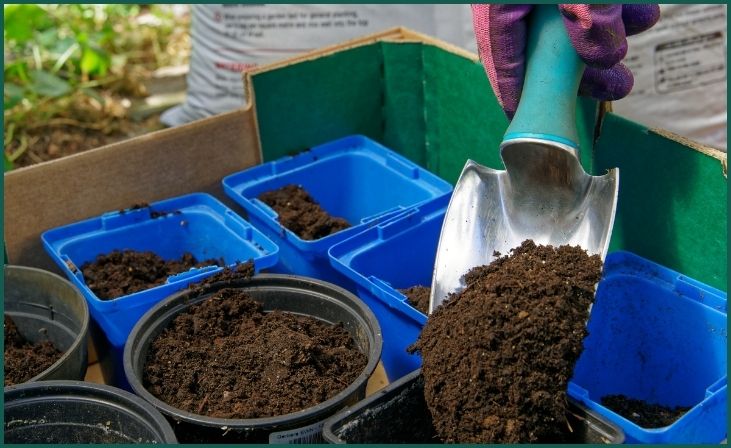
Choosing the right potting mix is crucial for container gardening success. Unlike garden soil, which may become compacted and lack proper aeration in containers, potting mix is specifically formulated for container plants. Look for a high-quality, well-draining potting mix that is lightweight and enriched with organic matter, such as compost or peat moss. Avoid using garden soil or topsoil in containers, as they may contain pests, diseases, or weed seeds and can become overly compacted in the confines of a container.
Don't just scroll, subscribe!
BuzzTrail's unique web-stories are the cure for boredom you've been waiting for.
Providing Adequate Water and Nutrition
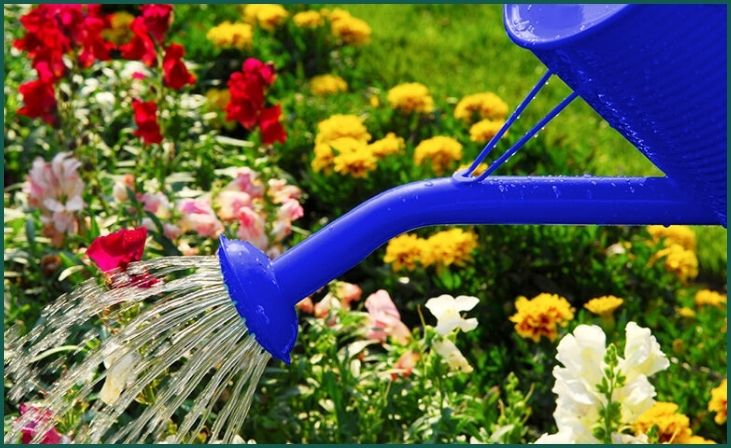
Container plants rely on regular watering and fertilization to thrive in their confined environment. Monitor the moisture levels of the soil and water your containers as needed, ensuring that the soil remains consistently moist but not waterlogged. Additionally, provide supplemental nutrition to your plants by fertilizing them regularly with a balanced liquid fertilizer or slow-release fertilizer. Follow the recommended dosage instructions on the fertilizer label and adjust based on the needs of your specific plants.
Managing Container Size and Placement

Consider the size and weight of your containers when planning your container garden, especially if you plan to move them frequently or place them on balconies or rooftops. Larger containers hold more soil and moisture, providing better insulation and stability for your plants. Additionally, consider the sunlight and wind exposure of your chosen location, ensuring that your containers receive adequate light and protection from strong winds or extreme temperatures.
Also Read: The Eight Gardening Tasks You Should Complete in January
Regular Maintenance and Care
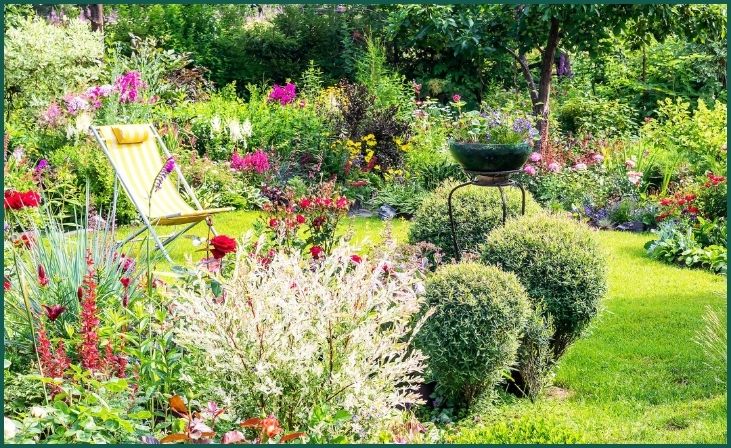
Like any garden, container gardens require regular maintenance and care to keep them healthy and thriving. Monitor your plants for signs of pests, diseases, or nutrient deficiencies, and address any issues promptly. Deadhead spent flowers, prune overgrown foliage, and remove weeds regularly to maintain the appearance and health of your container garden. Additionally, repot or refresh your containers as needed, replacing old potting mix and providing fresh soil and nutrients for your plants to continue flourishing. With proper care and attention, container gardening can be a rewarding and enjoyable way to cultivate a vibrant and beautiful garden in any space.
Conclusion
In conclusion, container gardening offers a wealth of possibilities for gardeners of all skill levels, allowing you to cultivate greenery and blooms in any space imaginable. By understanding the basics of container gardening, from choosing the right containers and soil to selecting suitable plants and providing proper care, you can create stunning displays of natural beauty right at home. Whether you’re adding a touch of greenery to a small apartment balcony or creating a lush garden oasis on a spacious patio, container gardening empowers you to unleash your creativity and connect with nature in a meaningful and fulfilling way. Get started today and watch your container garden thrive!
FAQs
What are the benefits of container gardening?
What are the benefits of container gardening?
Container gardening offers numerous benefits, including flexibility in space, portability, control over soil quality, and the ability to grow plants in areas with limited or no garden space, such as balconies, patios, or indoors.
What are some popular plants for container gardening?
What are some popular plants for container gardening?
Popular plants for container gardening include herbs like basil and parsley, flowering plants such as petunias and geraniums, vegetables like tomatoes and peppers, and ornamental grasses or succulents, depending on the available space and sunlight conditions.

